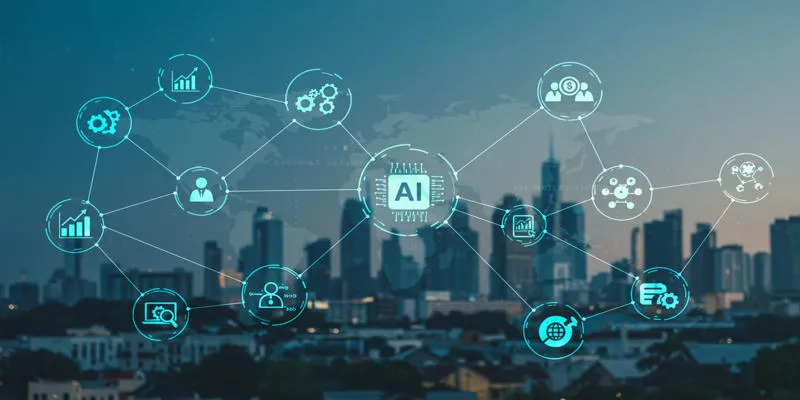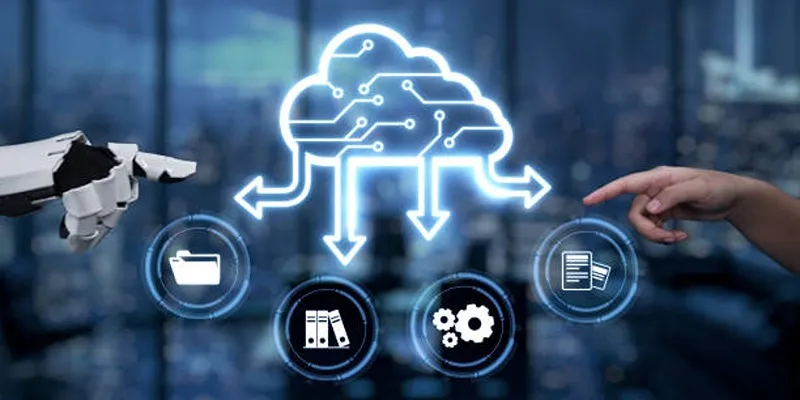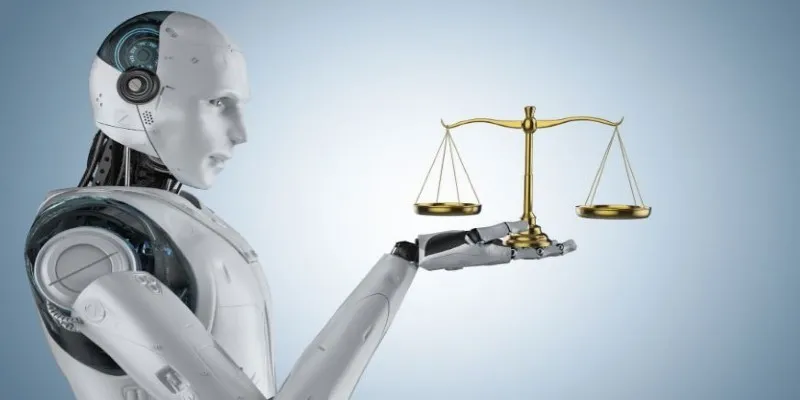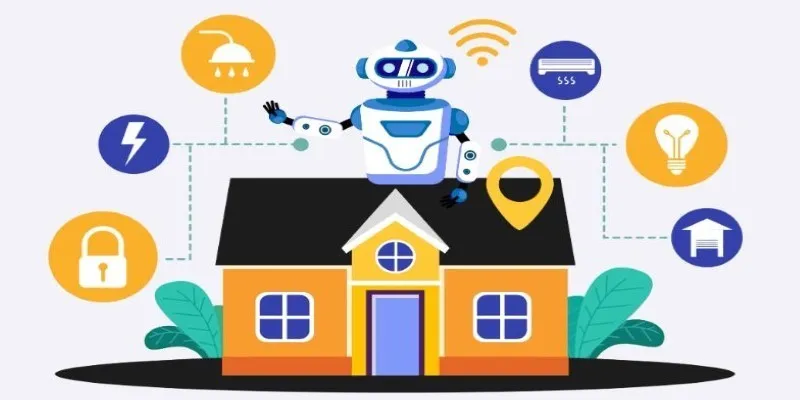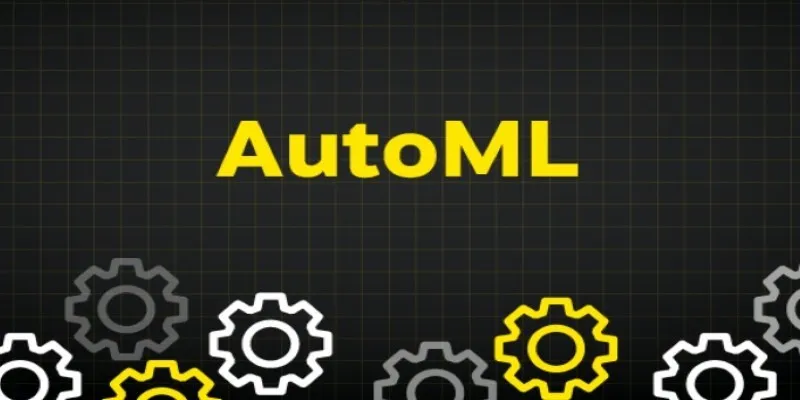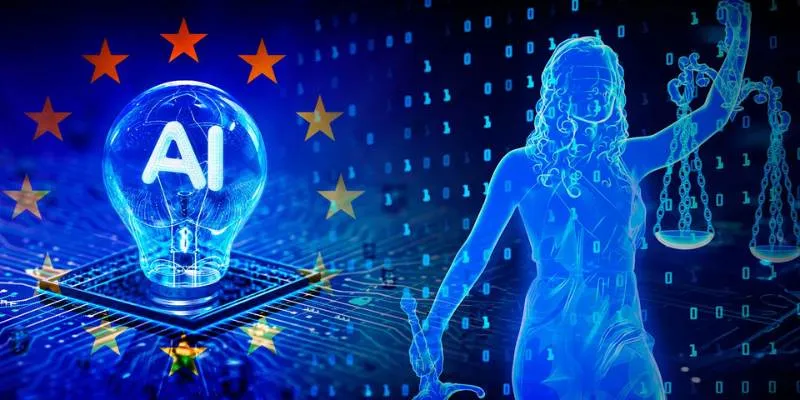Artificial Intelligence (AI) is becoming increasingly powerful, with its applications shaping industries ranging from healthcare to finance to retail. But there’s one crucial component missing from most of today’s advanced AI systems: the ability to understand causation. While traditional deep learning algorithms excel at spotting patterns and correlations, they often fail when it comes to answering one pivotal question – why.
What is Causal Deep Learning?
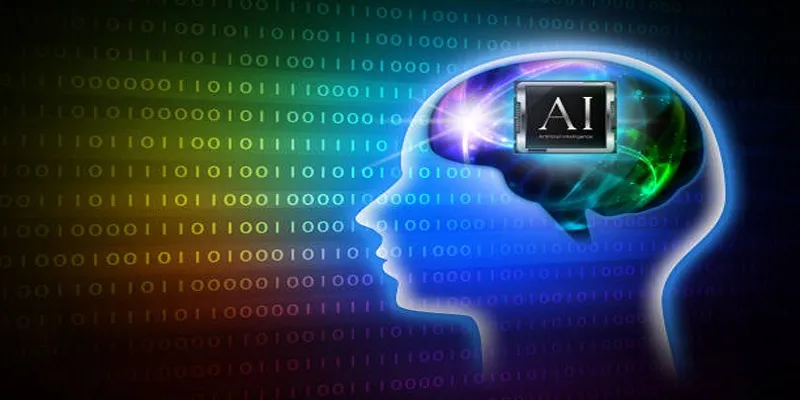
Before we tackle causal deep learning, it’s important to understand the difference between correlation and causation.
- Correlation refers to a relationship or pattern between two variables. For example, ice cream sales tend to increase as temperatures rise.
- Causation , on the other hand, is when one event directly causes another. For instance, the heat causes more people to buy ice cream.
Traditional deep learning models are fantastic at identifying correlations in large datasets. However, they often fail to recognize causation. For example, a model might notice that people with umbrellas are also more likely to wear rain boots but fail to understand that rain is the common cause behind both behaviors.
Causal deep learning combines the principles of causal inference with deep learning, enabling AI to factor in causality when making predictions or decisions. This brings us closer to creating machines that think and learn like humans.
Why Does Causal Deep Learning Matter?
1. Better Decision-Making
Causal reasoning allows AI systems to make smarter decisions by understanding why an action leads to a particular outcome. For example:
- Healthcare : Instead of just predicting which patients are likely to develop diabetes, an AI system that incorporates causal deep learning could identify the root causes and guide preventive measures.
- Personalization : E-commerce platforms could tailor product recommendations by analyzing not only what users favor but also why certain patterns emerge.
2. Improved Predictions in Complex Systems
Correlation-based models can fail in scenarios where the relationships between inputs and outputs change over time or depend on context (also known as distribution shift). For example:
- Supply Chain Management : A predictive algorithm might notice a steady increase in demand during the holiday season but fail to account for the causal factors influencing this trend, such as product popularity or price changes.
Causal deep learning enables systems to reason through these shifts, producing more robust predictions.
3. Debiasing AI Models
One significant issue in machine learning today is bias. Algorithms often inherit biases from the datasets they’re trained on. For example:
- Hiring Algorithms : A hiring tool might recommend men over women for technical roles simply because historical data reflects gender disparity in hiring decisions.
Causal deep learning can help identify and account for these biases by focusing on the underlying causes rather than the surface patterns.
How Does Causal Deep Learning Work?
Causal deep learning combines techniques from two fields: causal inference and deep learning. Here’s a simplified breakdown:
1. Causal Graphs
Causal inference often starts with a causal graph, a visual representation highlighting the cause-and-effect relationships between variables. For example, in a healthcare model, a causal graph might show that smoking causes lung disease, which in turn affects patient lifespan.
2. Interventions
Once cause-and-effect relationships are established, the next step is to explore what happens when interventions are made (e.g., “What happens if I remove smoking from the equation?”). Causal deep learning allows models to simulate these interventions, making predictions that align more closely with real-world scenarios.
3. Counterfactual Reasoning
A game-changing aspect of causal learning is counterfactual reasoning, which answers hypothetical questions like, “What would have happened if a different action had been taken?” For example:
- A business could use counterfactual analysis to determine how altering a marketing strategy might have boosted sales.
- Counterfactual reasoning can also play a role in autonomous vehicles, enabling them to evaluate alternate driving decisions during critical moments.
4. Combining with Neural Networks
A major challenge is integrating causal reasoning into deep learning’s neural network architecture. Techniques like causal embeddings and module-based causality are emerging to bridge this gap, allowing neural networks to identify patterns while simultaneously reasoning through causation. Companies like Microsoft and research labs like Mila are spearheading these innovations.
Applications of Causal Deep Learning
Healthcare
Traditional machine learning models can predict disease risks, but they often fall short in treatment planning. Causal deep learning is transforming this landscape by:
- Identifying causal factors for diseases to design targeted interventions.
- Analyzing patient data more comprehensively to recommend treatments tailored to individual needs.
Marketing and Ad Personalization
Marketers face a constant challenge of understanding what drives customer behavior. Causal deep learning enables:
- Better evaluation of campaign effectiveness by identifying which efforts directly lead to increased sales.
- Advanced personalization, offering products and services that align with not just consumer interests, but their motivations.
Finance and Fraud Detection
AI in finance is often tasked with predicting market trends or detecting fraud. But causation can play a massive role here:
- When assessing credit risk, it’s not enough to know a borrower is likely to default. Understanding why allows banks to mitigate risks effectively.
- Fraud prevention becomes more precise, as causal models can identify unusual behaviors rooted in legitimate contexts versus actual malicious intent.
Autonomous Vehicles
Self-driving cars receive an overwhelming amount of data about their surroundings. Incorporating causality helps these vehicles evaluate safer decisions, such as predicting how adjusting speed will impact traffic around them or how rerouting could reduce the likelihood of accidents.
Challenges in Causal Deep Learning

While the benefits are promising, causal deep learning still faces several challenges:
- Data Challenges : Causal inference often requires structured, high-quality datasets, which aren’t always available.
- Computational Complexity : Incorporating causality with deep learning increases the computational burden, especially for large-scale systems.
- Interpretability : While causal models are more transparent than traditional deep learning, explaining their outputs to non-technical stakeholders remains a hurdle.
Fortunately, ongoing research is addressing these issues, and as technology advances, we can expect causal deep learning to become even more accessible.
Why Causation is the Future of AI
AI is no longer just about recognizing patterns; it’s about making intelligent decisions rooted in the why. Causal deep learning represents a critical leap forward in fulfilling that vision. From improving healthcare outcomes to optimizing complex logistics, the impact of these advancements will ripple across industries.
For businesses and researchers looking to stay ahead, adopting a causal mindset undeniably positions you to lead in the next generation of AI advancements. If you’re exploring practical ways to harness these capabilities, this could be the perfect time to start investing in causal AI solutions.
Conclusion
The evolution of artificial intelligence, particularly with the integration of causal reasoning, is set to redefine the boundaries of what technology can achieve. By taking proactive steps to understand and implement causal AI, organizations can drive innovation, solve complex challenges, and create meaningful impact across sectors. The future belongs to those ready to pioneer this revolutionary approach today.
 zfn9
zfn9

